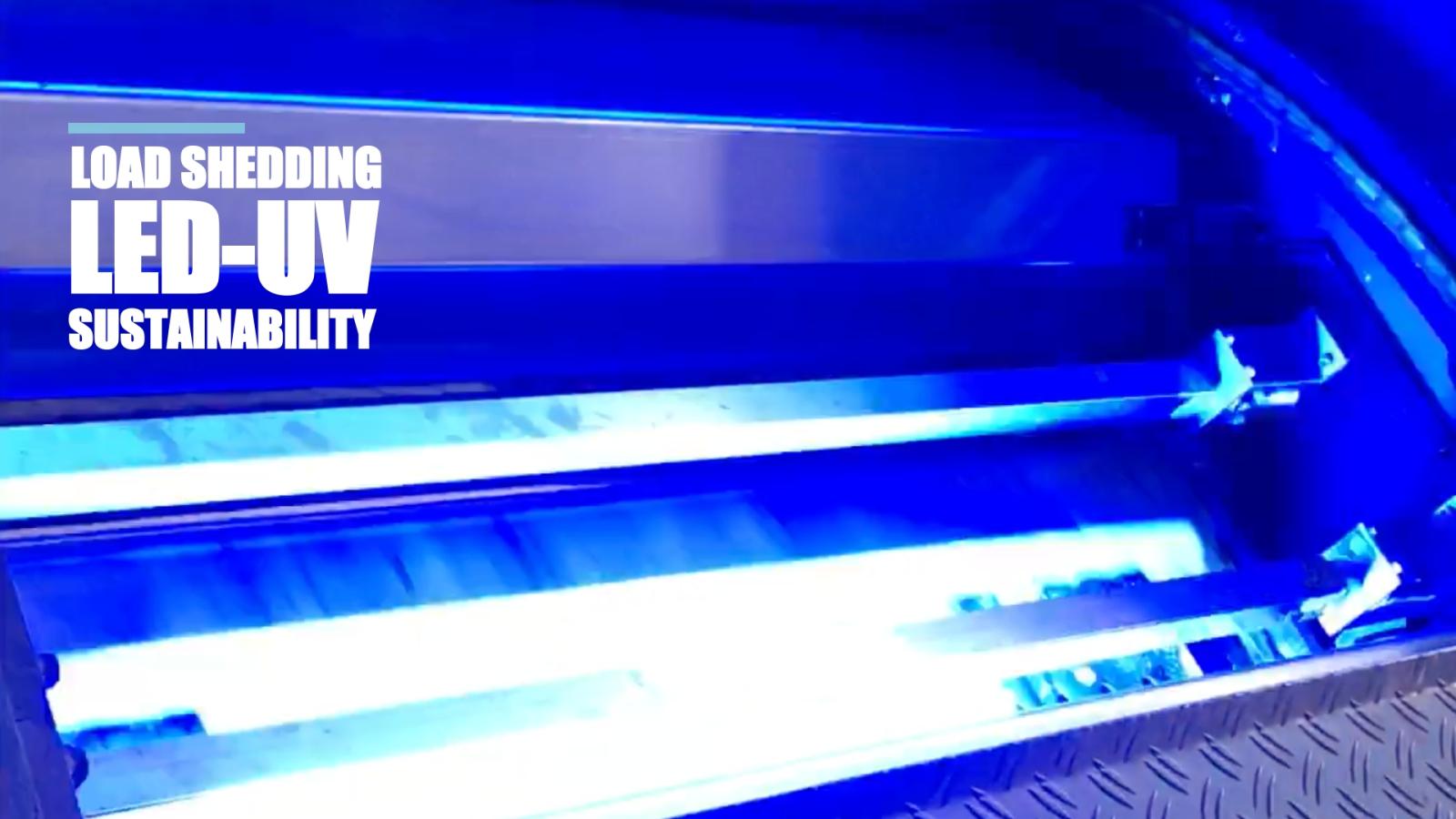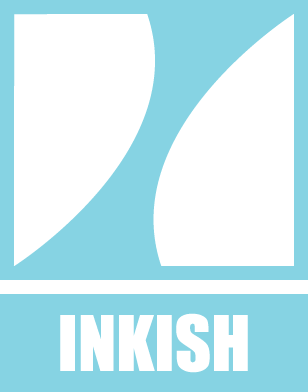Why are diamonds more expensive than regular stones? Why is gold more expensive than silver? The answer is simple as it's a question of supply and demand. For generations, we have learned that value is based on supply, and most people realize that for rare things, whether old paintings, jewelry, or any commodity, the price is based on demand and availability. Most people can live without diamonds. It's, however, entirely different when it comes to energy and water, which, in the past years, have become more expensive.
Geopolitics has changed supply and set new agendas for sustainability, adding a dimension to pricing. A few weeks ago, I was introduced to a gentleman from South Africa, Frank van Dijk. Frank van Dijk has a vast knowledge about the printing industry and was initially retired, but missed the buzz and therefore started consulting for the industry. I got to talk to him, as my good friend Carsten Barlebo told me a story about load shedding in South Africa and how difficult a situation printers in South Africa are in.
Visiting South America last week further opened my eyes to the fact that printing companies in emerging markets must invest in power backup and accept load shedding as part of their operation. Load shedding is also known as Emergency Load Reduction Program (ELRP) - and is essentially a controlled power blackout in certain areas of a city, region, or country to ensure enough energy. These planned blackouts reduce printing companies' production, and either the companies can run on backup power for a limited time or stop producing while the Load Shedding takes place! Some printers told me companies and areas could get more capacity if they reduce power consumption.
In my chat with Frank van Dijk, I learned that South Africa in the past had one of the most efficient energy and power distribution systems in Africa and that this wasn't usually an issue. With corruption and mismanagement, the situation is getting increasingly severe for businesses and, of course, across all industries.
In South Africa, natural gas comes from Mozambique. Still, though the war in Ukraine doesn't influence the supply itself, prices are globally affected, and with only one pipeline delivering gas to South Africa - the supply is under pressure for two reasons. First, Mozambique has announced a dramatic reduction in supply, but simultaneously, the pipeline passes through parts of Mozambique with unrest.
So what can printers do? Loadshedding can't be handled easily and fast, nor can the web-offset productions depending on gas heaters, and even worse for the Rotogravure printers, which rely on steam.
Carsten Barlebo and Frank van Dijk are in talks because of a solution that wouldn't be an option just a few years ago - LED-UV. Carsten Barlebo is VP for AMS/Baldwin, one of the leading and pioneering companies of LED-UV. Replacing gas heaters with LED-UV is possible but will require significant technology investments and changing to more expensive inks.
Carsten Barlebo obviously has an interest in LED-UV. Still, he has many good inputs to consider when considering the calculation. LED-UV has many advantages, and though the KPIs have changed over time, they all still apply - from printing higher densities on uncoated paper, extending the quality of older equipment (postponing new investments), smaller footprint, and requiring significantly less storage/drying space. As LED-UV uses electricity that can be obtained from sustainable sources, LED-UV is also a potential game-changer as part of printing companies' interest and obligations to lower their carbon footprint.
According to Barlebo, the AMS LED-UV lamps' development now delivers up to 15 m/s of curing, and you can install lamps up to 4 meters wide. This means that LED-UV is now a real alternative to many web-offset printers. For years AMS has used Kyburz in Switzerland as an example, but it is 'only' on an 8-page web offset. Another example of how Commercial Printers look into LED-UV is Japanese-based Kinmei, which has retro-fitted 15 sheetfed presses with AMS LED-UV. Now the technology is ready to be used and replace gas heaters.
Some printing companies I have spoken to for years find LED-UV interesting. Still, as the inks are considerably more expensive, you must consider your calculations and balance the advantages and disadvantages. One advantage is that you can finish the jobs right after printing, which requires less storage space. As already mentioned, densities can be higher, and in particular, offset/uncoated paper looks stunning with LED-UV.
Maybe LED-UV isn't the solution for all challenges and all printing companies, but eliminating at least one of the significant issues in the energy supply is not bad.
We had followed AMS - even before Baldwin acquired the company- and it's great to see how technology keeps evolving. With many players in the market, from IST, GEW, and AMS, as three significant players, I am confident that the technology will keep evolving. I can't remember who told me, but one person said to me - LED-UV is only at its beginning, and see how far the technology already is - amazing!



Fri October 15th
Abundância de provas...
O Que Os Papéis Dizem-Semana de 11 de outubro-Por Nessan Cleary
Fri October 8th
A Austrália ainda es...
O Que Os Papéis Dizem-Semana de 4 de outubro-Por Nessan Cleary
Fri October 1st
A cobertura desta se...
O Que Os Papéis Dizem-Semana de 27 de setembro-Por Nessan Cleary
Fri September 24th
Mais sinais de cresc...
O Que Os Papéis Dizem-Semana de 20 de setembro-Por Nessan Cleary
Tue September 21st
A experiência de imp...
INKISH cobre o evento, e mal pode esperar para conhecer a indústria é este talvez primeiro evento físico na Europa:-)
Fri September 17th
Há boas notícias sob...
O Que Os Papéis Dizem-Semana de 13 de setembro-Por Nessan Cleary
Sat September 11th
Perguntas sobre o es...
O Que Os Papéis Dizem-Semana de 6 de setembro-Por Nessan Cleary
Fri September 3rd
Estas semanas histór...
O Que Os Papéis Dizem-Semana de 30 de agosto-Por Nessan Cleary
Fri August 27th
Pesquisadores encont...
O Que Os Papéis Dizem-Semana de 23 de agosto-Por Nessan Cleary
Wed August 25th
Você nunca vai inves...
O que faz PSPs relutar em investir?
Assine
Receba Notificações para se inscrever em nosso informativo
Login (login)
Novo Usuário (novo_usuário)? Registre-se (registre)
Apague Senha (apague_senha)
Registre-se (registre)
Usuário Existente (existente_usuário)? Login aqui (login_aqui)
Login aqui (login_aqui)
Apague Senha (apague_senha)
Por favor entre seu endereço de email registrado Você receberá um link para resetar a sua senha via email (rest_senha_descrição)
Novo Usuário (novo_usuário)? Registre-se (registre)